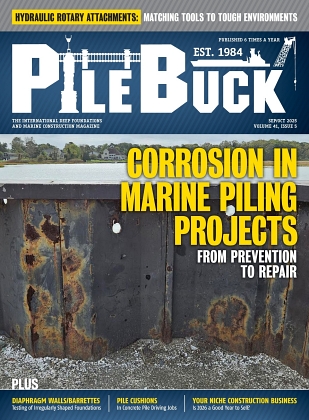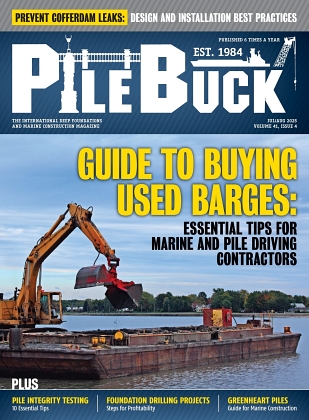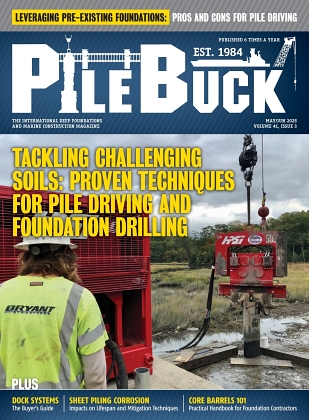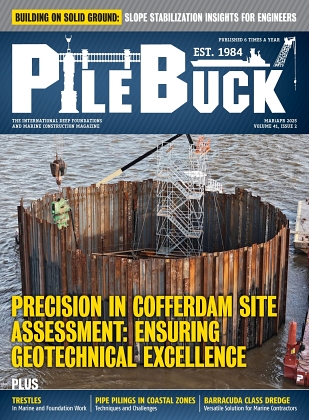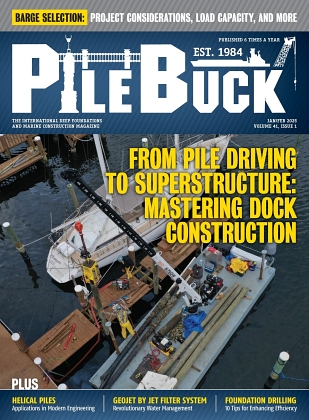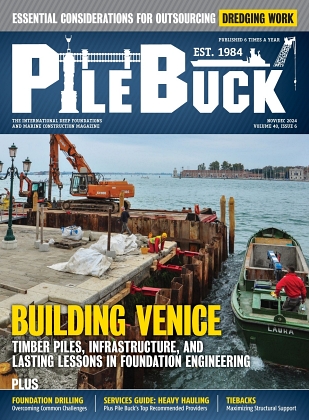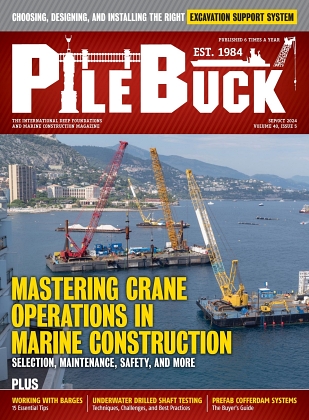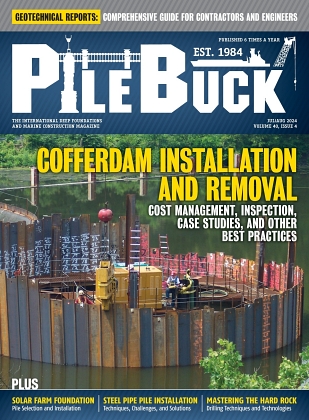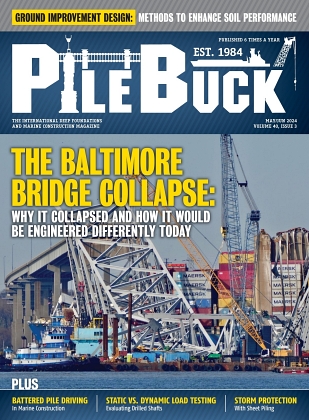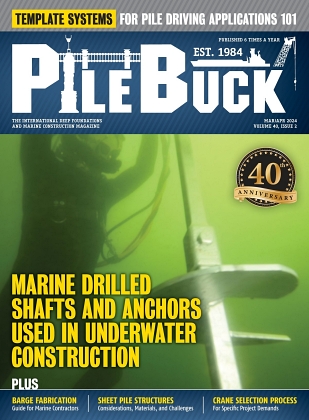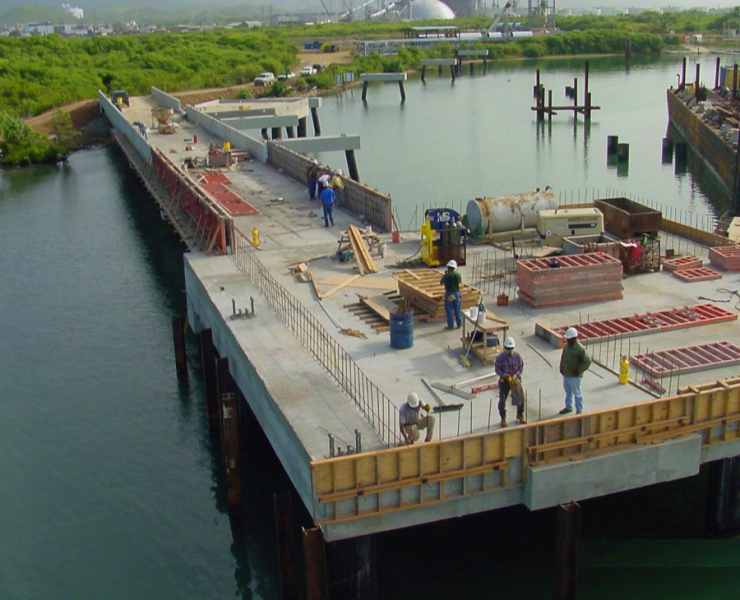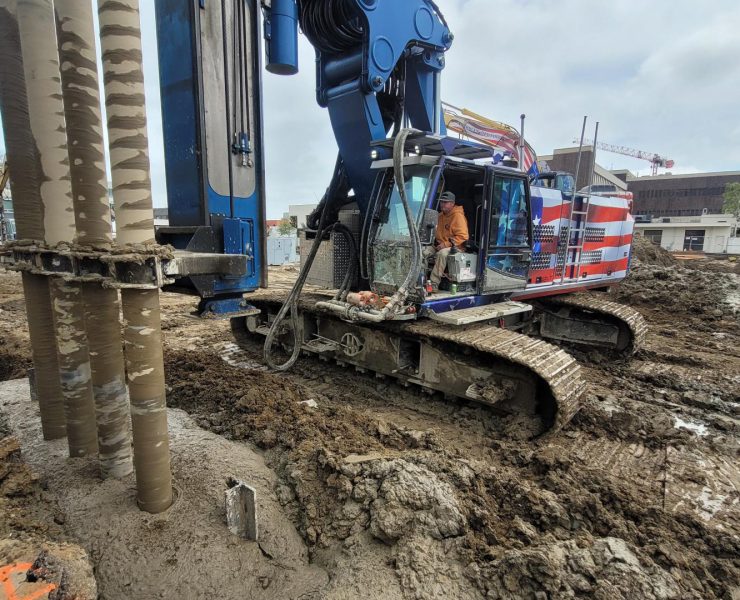Core Barrels 101: A Practical Handbook for Foundation Contractors
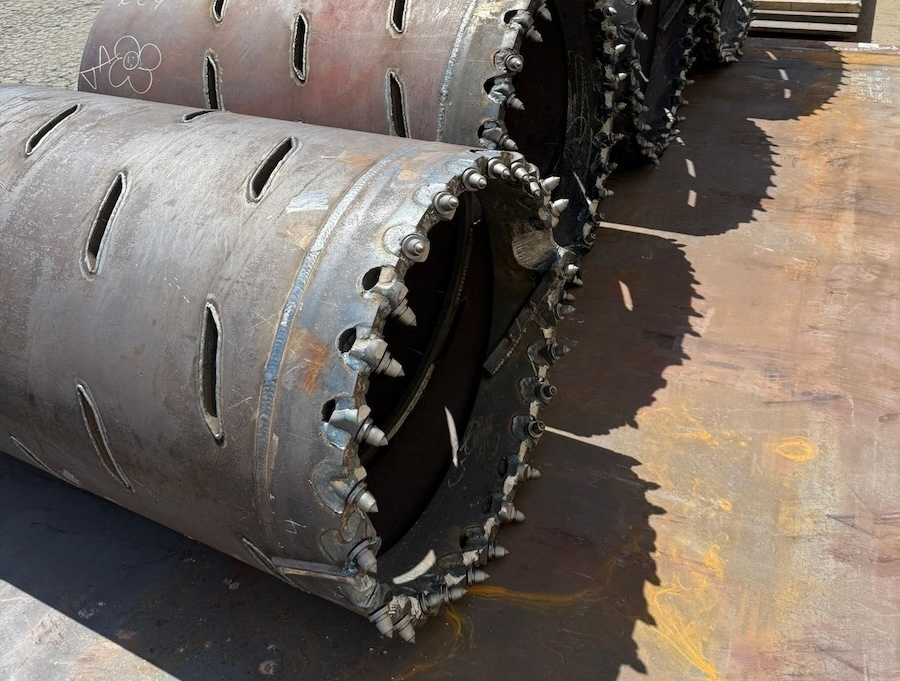

View the complete article here.
Core barrels are indispensable tools in foundation drilling, enabling contractors to penetrate tough geological formations and retrieve critical samples for analysis. Widely used in bored pile construction, geotechnical investigations, and marine projects—these specialized tools enhance efficiency and precision in challenging conditions. This guide explores the types of core barrels, their applications, and best practices to help you optimize their use in foundation drilling.
Understanding Core Barrels
Core barrels are cylindrical drilling tools designed to cut an annular ring into rock or concrete, leaving a central core that can be extracted for examination. Unlike augers, which remove loose soil, core barrels excel in hard materials—making them ideal for deep foundation work. They typically feature a cutting ring equipped with teeth or bits, a robust body, and a mechanism to stabilize and retrieve the core—ensuring minimal deviation and maximum sample integrity.
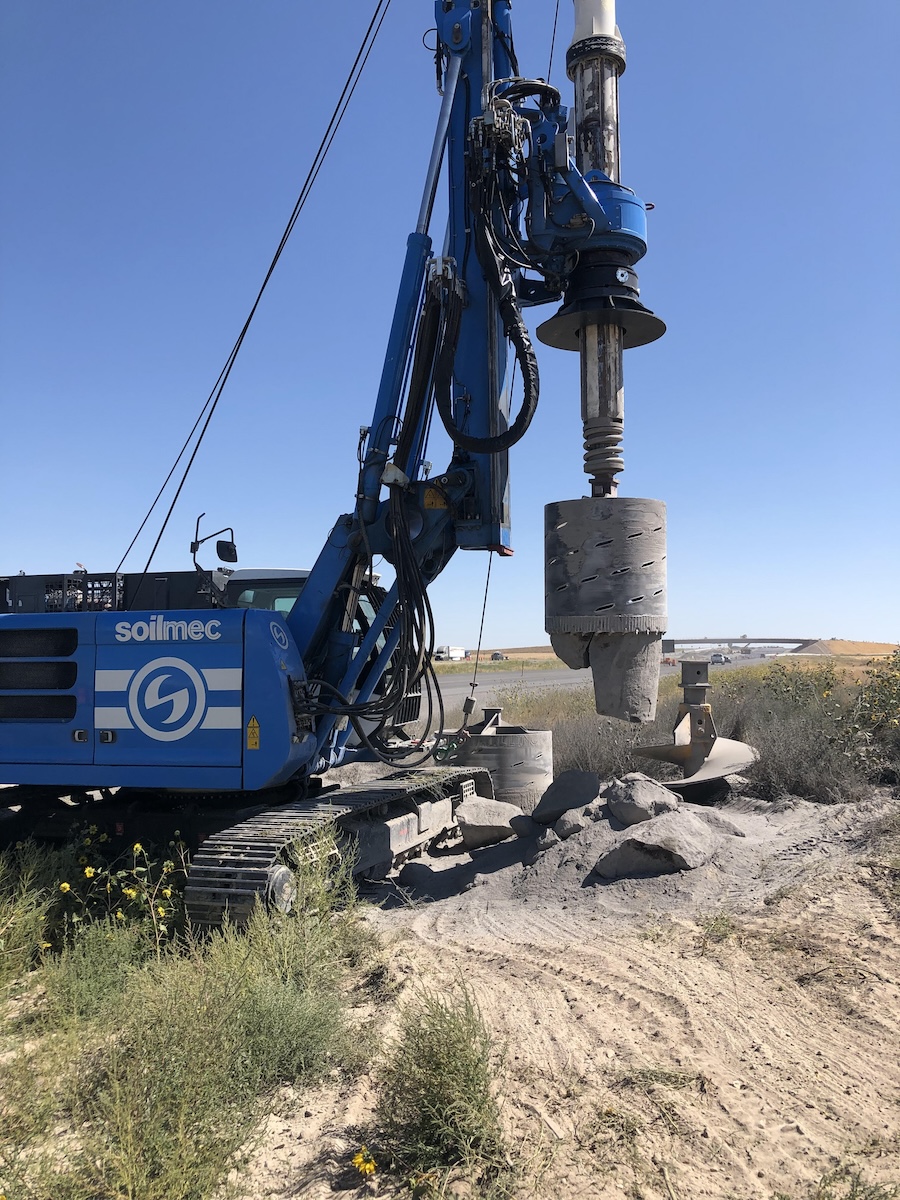
Types of Core Barrels
Core barrels come in various configurations, each suited to specific ground conditions and project needs:
- Core barrel with bullet teeth: Ideal for cutting through rock, concrete, or reinforced concrete—this type uses staggered bullet-shaped teeth for efficient penetration. It’s versatile for medium-hard formations and widely used in urban piling projects.
- Core barrel with roller bits: Designed for very strong rock formations with compressive strengths exceeding 100 MPa, this version employs rotating roller bits to grind through dense materials. It’s perfect for deep foundations in challenging terrains.
- Cross cutter core barrel: Used to break up remaining rock cores or penetrate hard, jointed rock with compressive strengths under 100 MPa—this type features a cross-cutting mechanism. It’s also effective for layers with boulders, ensuring clean boreholes.
- Grabbing style core barrel: Equipped with a claw-like mechanism, this variant retrieves fragmented samples from fractured or loose formations. It’s valuable in geotechnical engineering and mining exploration where intact cores are hard to obtain.
- Double and triple tube core barrels: These advanced designs include inner tubes to protect the core sample. Double tube barrels are standard for general exploration, while triple tube versions—with a split inner tube—optimize recovery in broken formations, achieving near 100% core retrieval.
Applications in Foundation Drilling
Core barrels play a pivotal role in various foundation drilling scenarios:
- Bored piles: They create precise boreholes in hard rock or mixed ground, allowing for the installation of reinforced concrete piles to support heavy structures like bridges and high-rises.
- Geotechnical investigations: Contractors use core barrels to extract samples for soil and rock analysis, informing foundation design and ensuring stability in marine or coastal projects.
- Marine construction: In waterfront developments, core barrels tackle submerged rock layers—facilitating pile installation for docks and seawalls.
- Mining and exploration: They enable the retrieval of core samples to assess mineral deposits or geological stability, supporting foundation planning in mining-adjacent sites.
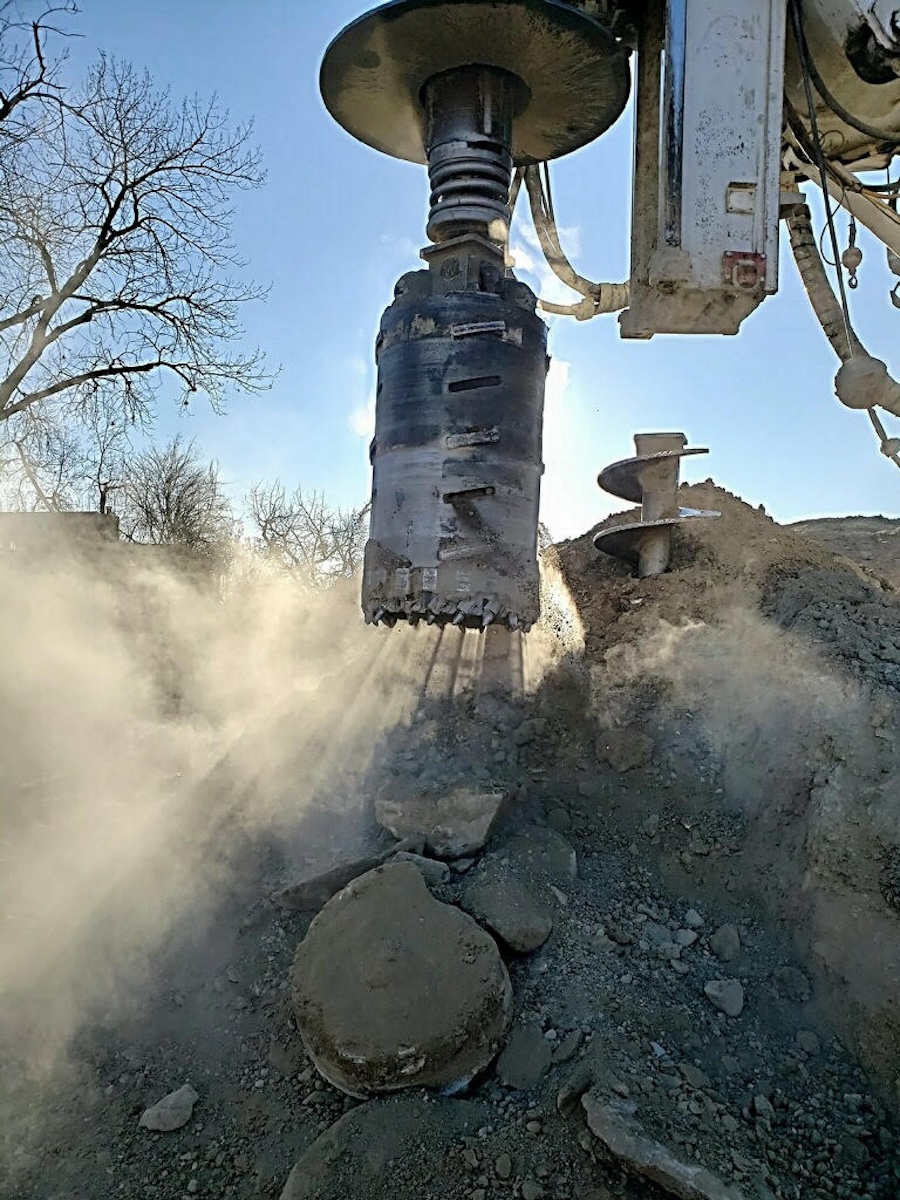
Best Practices for Using Core Barrels
To maximize efficiency and safety, follow these guidelines:
- Select the right type: Match the core barrel to the formation—bullet teeth for concrete, roller bits for strong rock, and grabbing styles for fractured ground. Consult geotechnical data to guide your choice.
- Ensure proper maintenance: Regularly inspect and replace worn teeth or bits to maintain cutting efficiency. Lubricate moving parts to prevent wear in harsh conditions.
- Stabilize the barrel: Use hexagonal or full-hole outer tubes and extended reaming shells with multiple diamond pads to minimize borehole deviation, especially in deep drilling.
- Monitor drilling parameters: Adjust rotation speed and feed pressure based on rock hardness. For instance, triple tube barrels require lighter feed in loose formations to protect the core.
- Safety first: Secure the drilling rig and use ground-penetrating radar to scan for subsurface hazards before operation, reducing the risk of equipment damage or crew injury.
Overcoming Common Challenges
Core barrels, while highly effective, can encounter several operational hurdles that require strategic solutions. Here’s a quick look at common challenges and how to address them:
- Borehole deviation: Uneven ground or improper stabilization can cause the barrel to veer off course, compromising pile alignment. Prevent this by using reinforced couplings, extended reaming shells with diamond pads, and regular torque monitoring.
- Core jamming: Hard or fractured cores can jam inside the barrel, halting progress. To resolve this, switch to a cross cutter core barrel to break up the core or increase flushing with water or air to clear debris.
- Wear-and-tear on cutting edges: Prolonged use in abrasive materials like granite or coral can dull teeth or bits, reducing efficiency. Regularly inspect and replace worn components, and consider using tungsten carbide-tipped bits for extra durability.
- Poor core recovery: In fractured or weathered formations, cores may disintegrate—yielding incomplete samples. Opt for double or triple tube core barrels with split inner tubes to protect the sample, and adjust drilling speed to minimize vibration.
- Equipment overheating: High rotation speeds in dense materials can overheat the barrel, risking damage. Monitor temperature with onboard sensors and pause operations to cool the equipment, using water cooling if necessary.
Addressing these challenges proactively with the right tools and techniques ensures smooth operations and high-quality outcomes, even in the most demanding drilling environments.
View the complete article here.
What types of core barrels are best for different ground conditions?
Use bullet teeth for concrete, roller bits for hard rock, cross cutters for jointed rock, and grabbing styles for fractured or loose formations.
How can core recovery be maximized in foundation drilling?
Employ double or triple tube core barrels, stabilize the barrel, and adjust drilling speed to protect the core.

